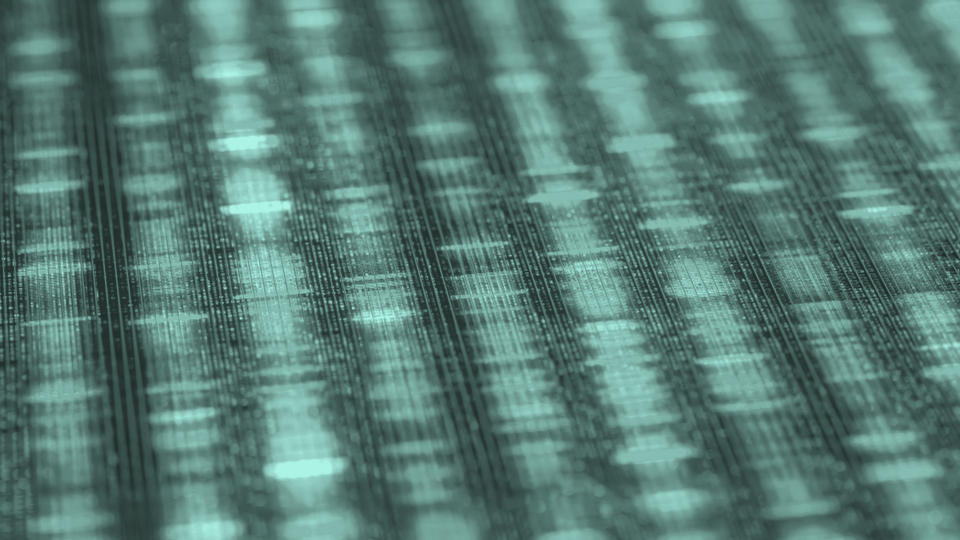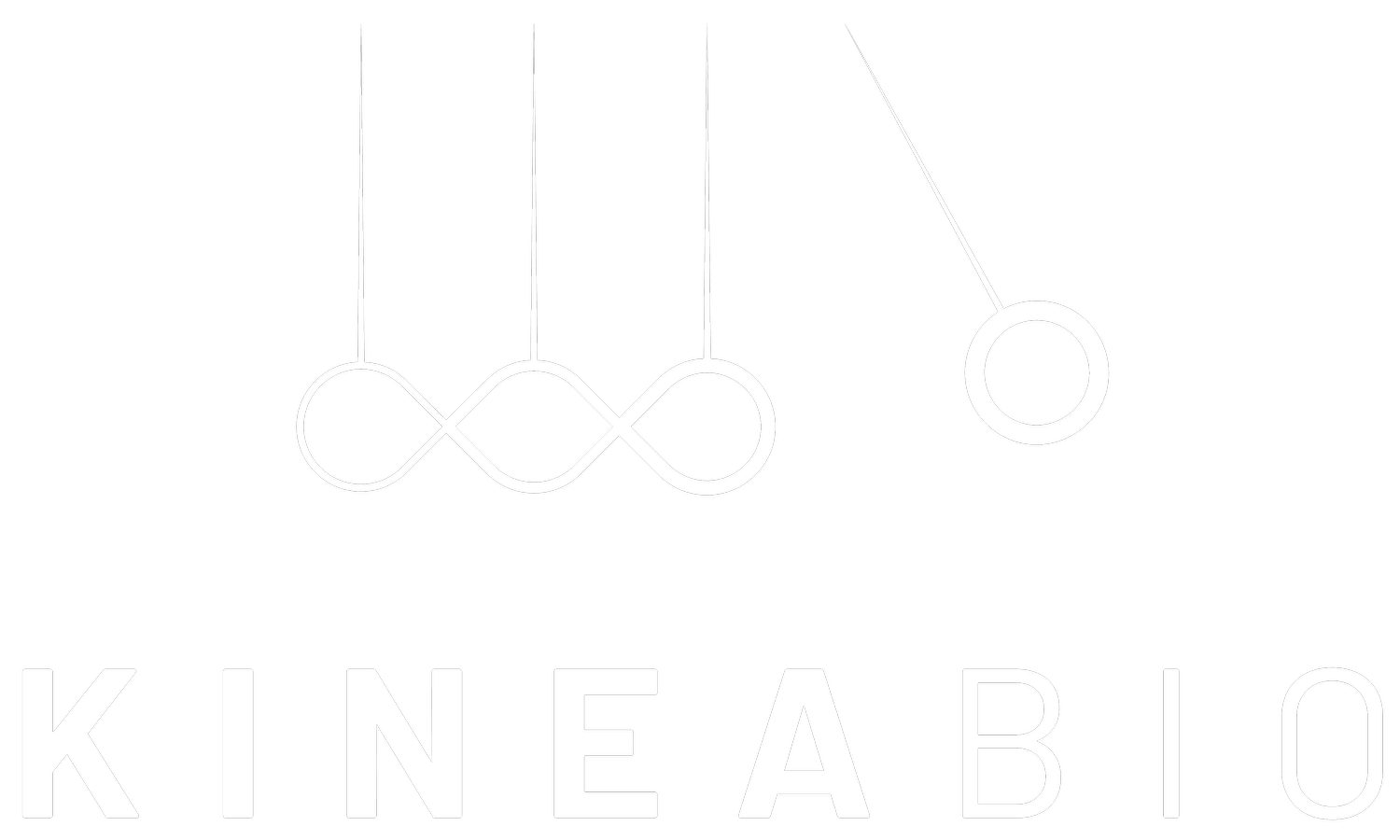
Pipeline
Kinea’s Pipeline Focuses on Neuromuscular Diseases with High Unmet Needs
Disease Backgrounds
Duchenne Muscular Dystrophy (DMD)
Duchenne Muscular Dystrophy (DMD) is a progressive, degenerative disease that causes muscle weakness in males, typically from birth. The sex-linked gene responsible for this disease is dystrophin. When the gene is healthy, the encoded protein functions as a mechanical bridge between the cellular matrix of muscle fiber and the extracellular matrix. Mutations in the dystrophin gene result in truncated or even absent dystrophin protein in muscle cells. Without this critical cellular component, muscle tissue malfunctions, resulting in the failure of crucial processes such as respiration and cardiac function.
Globally, DMD affects 4.8 in every 100,000 people (95% CI, 3.6-6.3).
Currently, the size of DMD market is estimated at USD 2.56 billion in 2024 and is expected to grow to USD 4.32 billion by 2029 at a CAGR of 11.10% between 2024 and 2029 (Mordor Intelligence, 2024).
Congenital Muscular Dystrophy (MDC1C)
Congenital muscular dystrophy type 1C (MDC1C) is the pediatric form of a similarly progressive, degenerative FKRP-deficient muscular dystrophy: LGMDR9. Within the first few weeks of life, affected individuals present with severe muscle weakness for which there is no cure nor effective treatment. Quality of life rapidly declines, with some individuals never walking, or even being able to hold their head up. Painful contractures are a common symptom as well, for which only surgery can provide relief.
Independent studies have found that 1 and 7.8 in every 125,000 people in Italy and western Sweden, respectively, are born with MDC1C. To date, there have not been any global analyses of MDC1C prevalence.
While a specific market report is not available for congenital muscular dystrophy, the global limb-girdle muscular dystrophy (LGMD) treatment market is expected to register a revenue CAGR of 4.95% from 2023 to 2031 (Growth Plus Reports, 2023).
Dysferlinopathies
Mutations leading to the absence of functional dysferlin cause a number of rare diseases such as LGMD2B, Miyoshi Myopathy, Distal Myopathy with Anterior Tibial Onset, and Asymptomatic hyperCKemia. While each disease affects a relatively small number of individuals, their combined incidence affects a fairly large population. A gene therapy replacement for dysferlin could be used to treat all of them. These diseases present with symptoms of muscle weakness, including the heart and diaphragm.
While mutations in dysferlin can cause various phenotypes, LGMD2B is estimated to have a prevalence of 1 in every 300,000 people, although this varies by region, with a higher prevalence in Japan and in Jewish populations living in Libya and the Caucasus.
While a specific market report is not available for dysferlinopathies, the global limb-girdle muscular dystrophy (LGMD) treatment market is expected to register a revenue CAGR of 4.95% from 2023 to 2031 (Growth Plus Reports, 2023).
Myotonic Muscular Dystrophy Type 1 (DM1)
Myotonic muscular dystrophy type 1 (DM1) is a rare, neuromuscular disease that causes progressive muscle weakness and wasting. In affected individuals, mutated forms of the gene DMPK have an expanded CTG-repeat (50-4000 copies), which is then transcribed to a toxic variant of DMPK mRNA. The toxic mRNA variant binds to a protein, MBNL1, leading to devastating downstream effects that present as myotonic muscular dystrophy type 1.
A recent study in the journal Neurology (PMID: 33472919) reports that DM1 affects 1 in every 2,100 births.
The myotonic dystrophy treatments market is estimated to be worth USD 874.39 million globally in 2023 and is expected to reach USD 2,79 billion by 2033 at a CAGR of 12.3% between 2023 and 2033 (Pharmiweb.com, 2024).
Duchenne Cardiomyopathy
Treatment for Duchenne cardiomyopathy would provide relief for DMD patients that are ineligible for AAV-based treatments due to high neutralizing antibody titers. While disease reversal may not yet be possible for these individuals, serious cardiac symptoms can be alleviated, providing comfort and extended lifespan.
In the DMD population, Duchenne cardiomyopathy typically presents at approximately 14 years of age, with almost all patients affected by 18 years of age. By adulthood, nearly 26% of patients also test positive for AAV-specific antibodies, necessitating the use of an alternative therapeutic delivery method.
The majority of DMD patients will progress to the late, non-ambulatory stage, when cardiomyopathy is the essential treatment target. The overall DMD market is estimated at USD 2.56 billion in 2024 and is expected to grow to USD 4.32 billion by 2029 at a CAGR of 11.10% between 2024 and 2029 (Mordor Intelligence, 2024)


